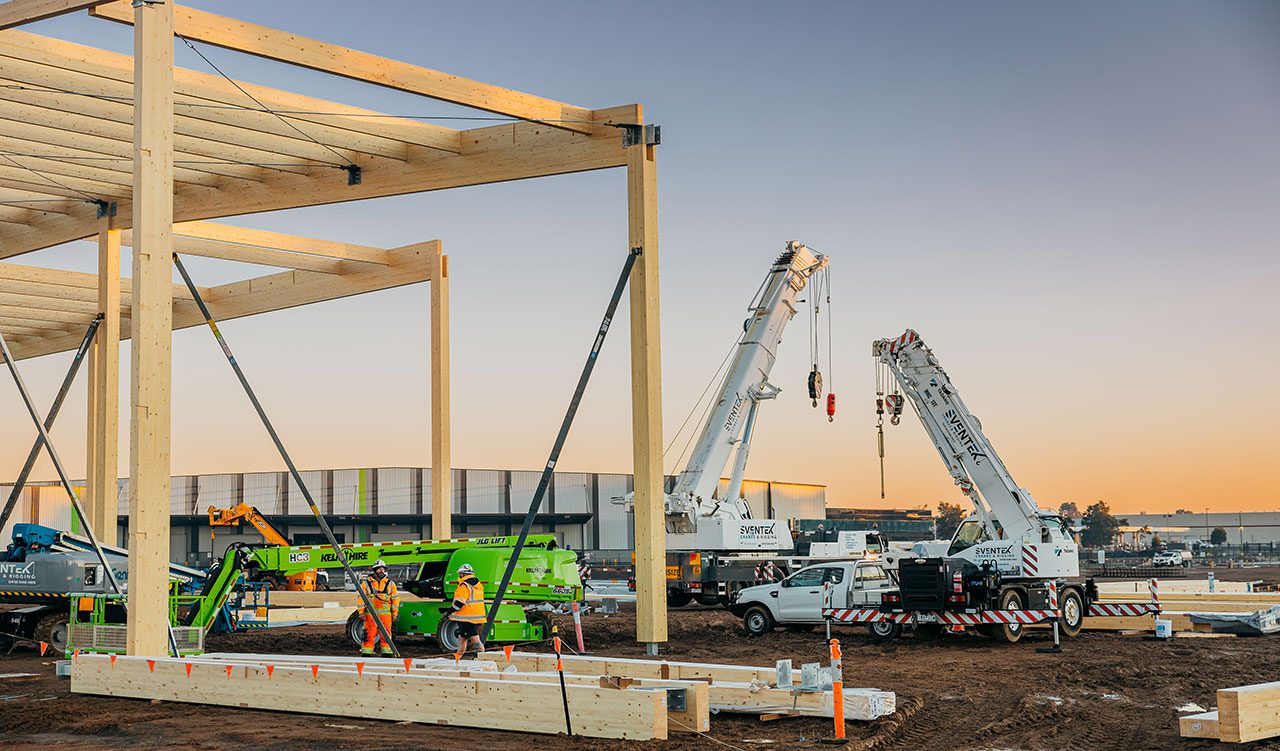This article is from the Australian Property Journal archive
INDUSTRIAL and logistics (I&L) property landlords can expect favourable conditions for rental growth in the coming years, as manufacturing, trade, demographic and consumption demands necessitate some 3.3 million per sqm on new space per annum between now and 2030 in a severely land-constrained market.
New Colliers research shows that future essential demand – the segments of the economy that are integral to societal functioning and economic growth – will require the I&L market to expand by 20% by 2030.
Every $1 billion increase in online retail sales translates to additional demand for 300,000 to 350,000 sqm of specialised third-party logistics or fulfilment industrial facilities, while every $1 billion increase in health expenditure generates demand for 5,500 to 6,000 sqm of temperature-controlled facilities.
However, given existing constraints on land availability, there are only 16 million sqm of future developments in planning or D&C opportunities to be expected over this time period.
“Australia’s I&L sector has experienced a fundamental structural shift in demand, establishing a new baseline for gross take-up underpinned by surging online retail penetration, rising healthcare expenditure, expanded trade flows, and the integration of advanced technologies fuelled by robust population growth,” said Gavin Bishop, managing director industrial and logistics.
While supply cycle and broader economic cycles are expected to persist in 2025, the anticipated recovery in economic growth and recovery in trade volumes are likely to bolster essential industrial and logistics demand. That is expected to offset the cyclical effects in 2025, leading to a stabilisation in demand by 2027 as the market enters a more balanced phase.
Against the backdrop of projected demand, supply constraints are likely to emerge by 2029, according to Colliers, assuming sufficient new supply is available to support the projected take-up. However, construction costs remain elevated and higher growth rates are once again starting to emerge.
“While vacancy rates have inched upwards, they remain among some of the lowest globally, reinforcing the sector’s resilience in Australia. With a demand requirement of 3.3 million sqm per annum, the persistent land supply constraints are poised to increasingly restrict take-up capacity, likely precipitating a revived supply-demand imbalance by 2029, which is expected to catalyse another rental growth cycle,” Bishop said.
Colliers’ national director, industrial advisory Peter Evans said the anticipated supply constraints also highlight the importance of sustainable development practices and efficient space utilisation.
“As the market tightens, there may be increased focus on innovative building designs that maximise usable space whilst minimising environmental impact, aligning with the broader trend towards sustainability in the I&L sector.”
Multi-level warehousing is in its infancy in Australia. One of Australia’s first-completed multi-level warehouses is currently up for lease, having just been acquired by Cabot Properties for $137.6 million. The newly-completed 19,819 sqm 42-52 Raymond Avenue building in Matraville, in Sydney’s inner south-east, is a two-storey, ramp-up facility consisting of four units ranging in from 4,640 to 5,109 sqm.
Goodman Group and Lendlease are among other early adopters.
The Colliers research was released on the same day that Western Australia’s Cook government released 11 new industrial lots in north-western Perth ranging from 2,817 sqm to 7,233 sqm that it said would provide land for a wide range of industries including warehousing, logistics, mining services, engineering, and general construction.
Colliers manager of research, Chen Lu said significant infrastructure and urban planning support will be required to keep pace with new developments.
“Without such advancements, the shortage of I&L space could pose a vulnerability to the national supply chain, creating bottlenecks that hinder population growth and economic expansion.”




